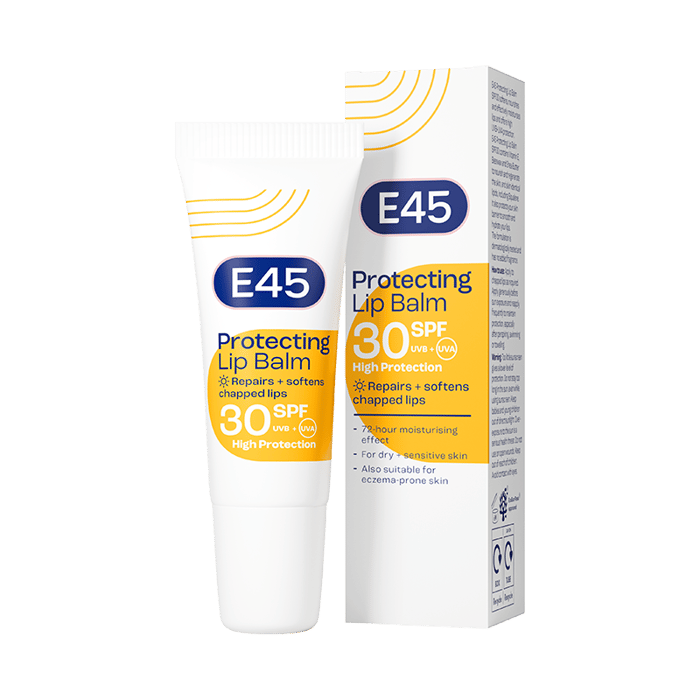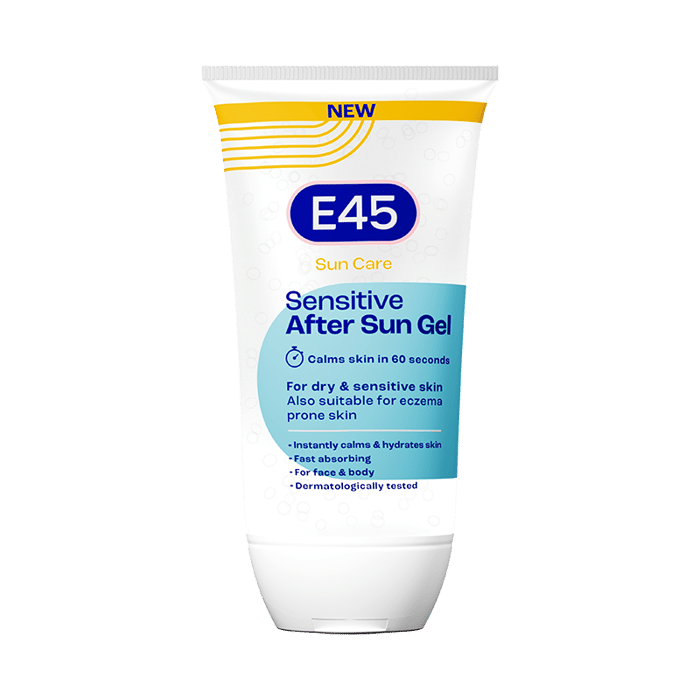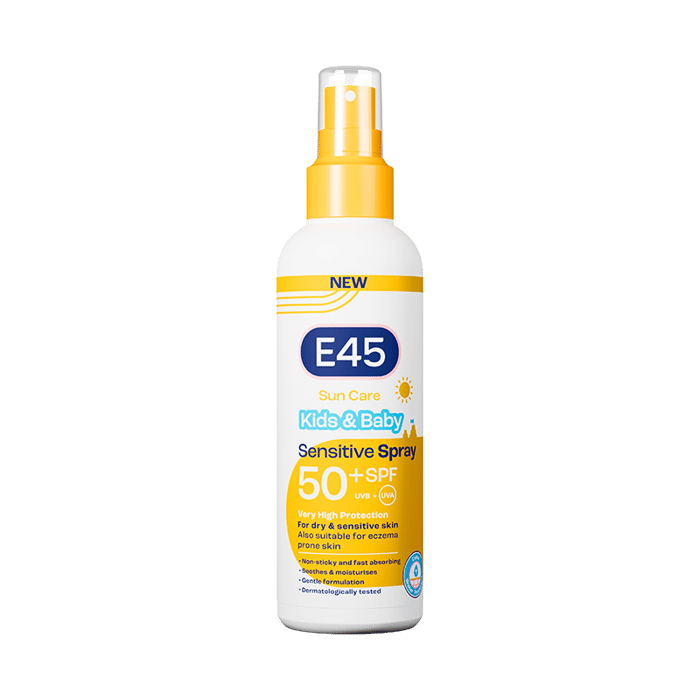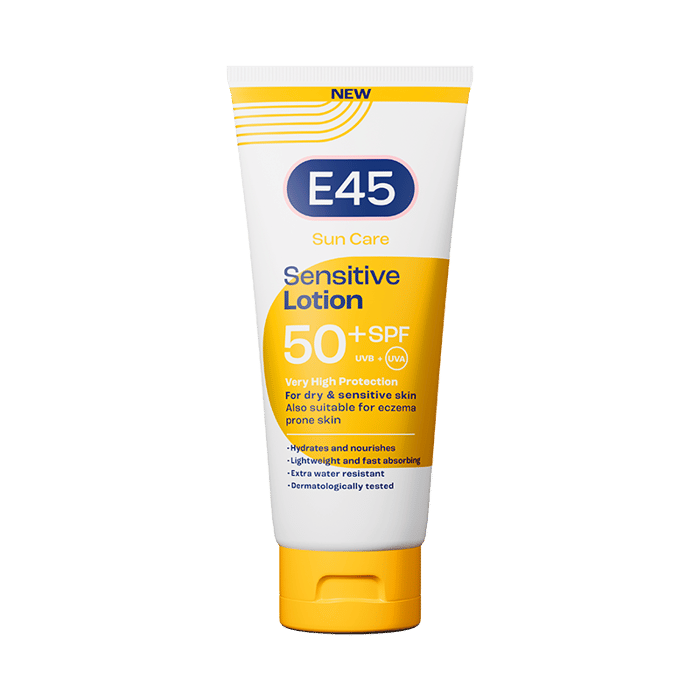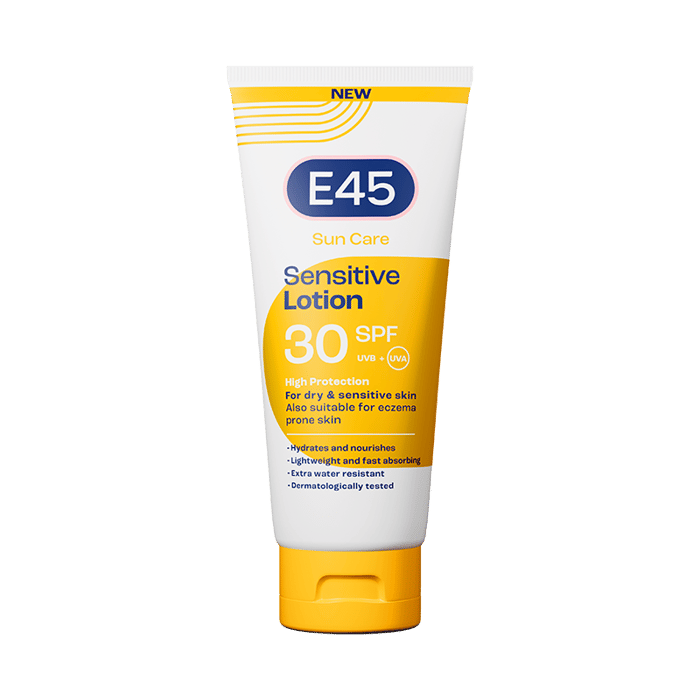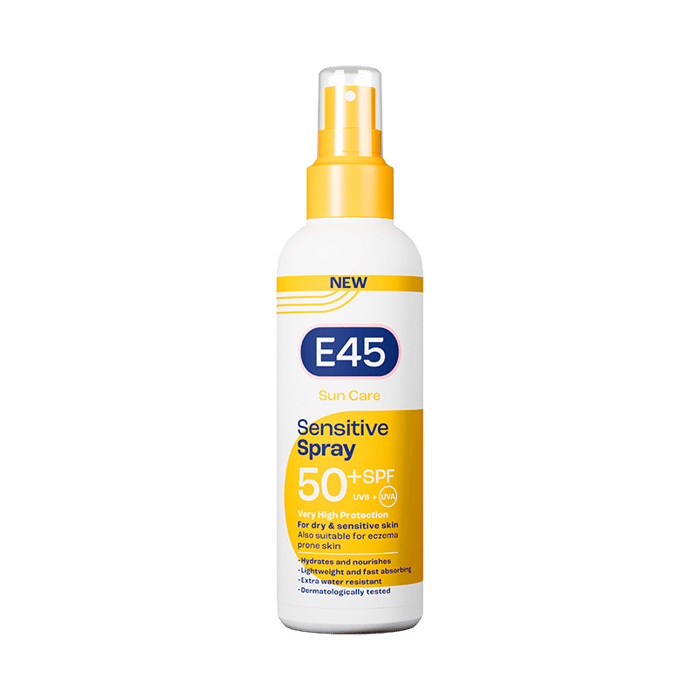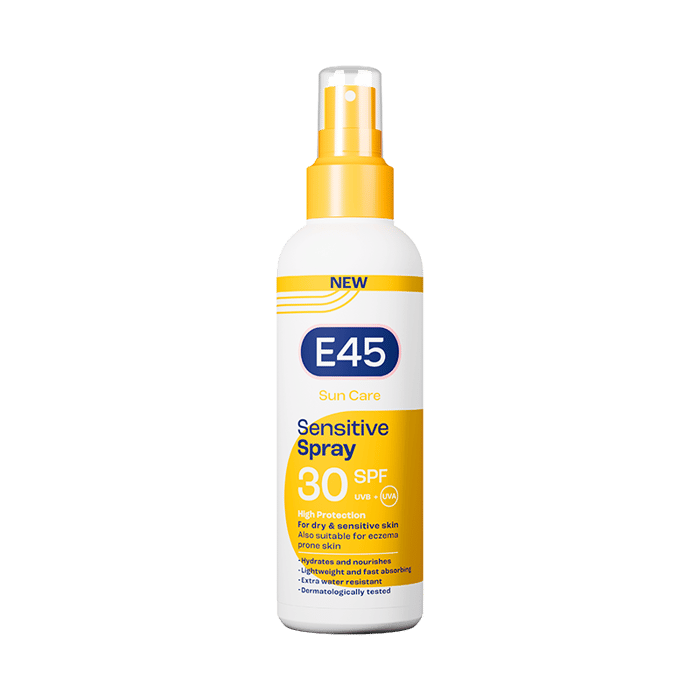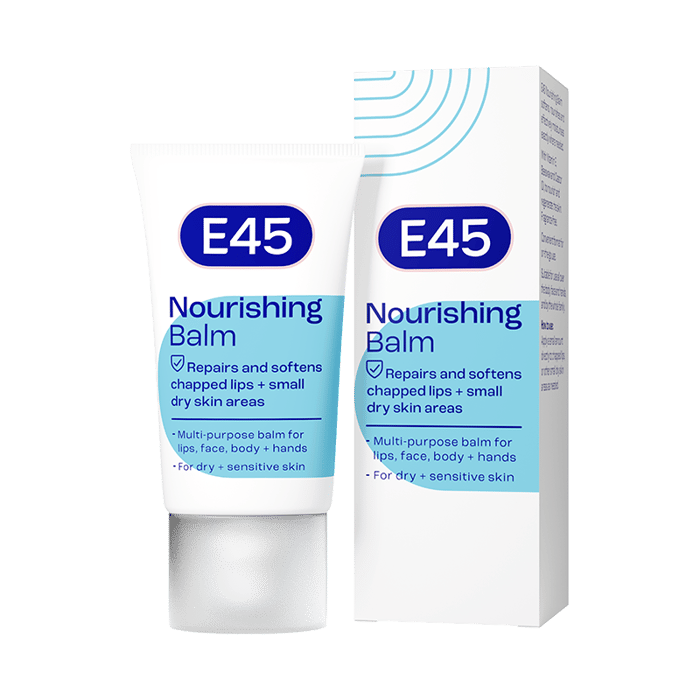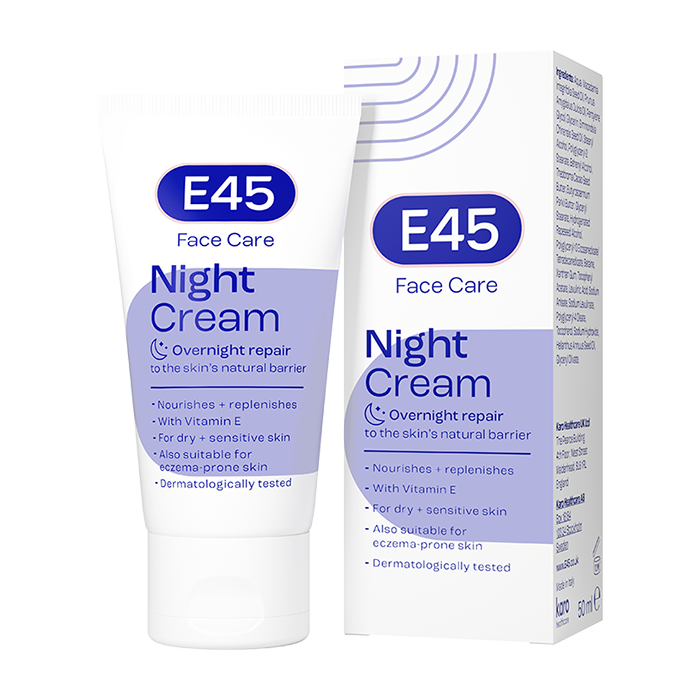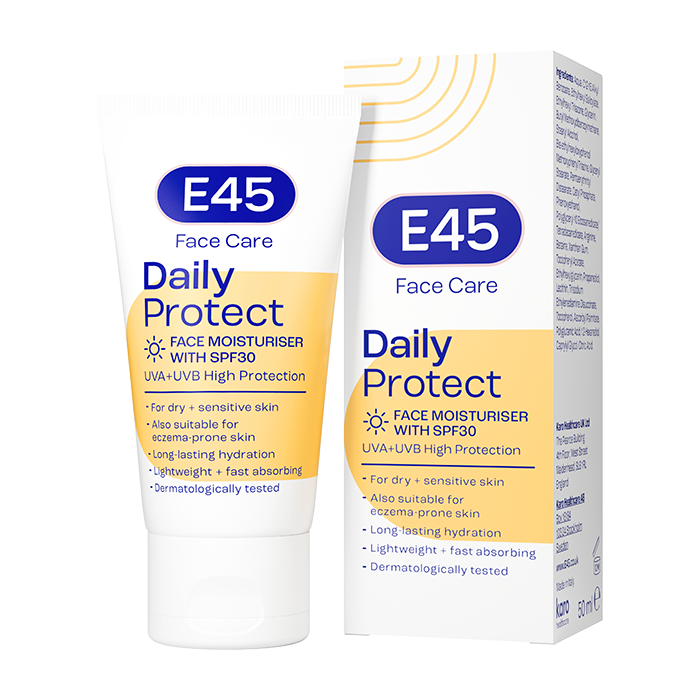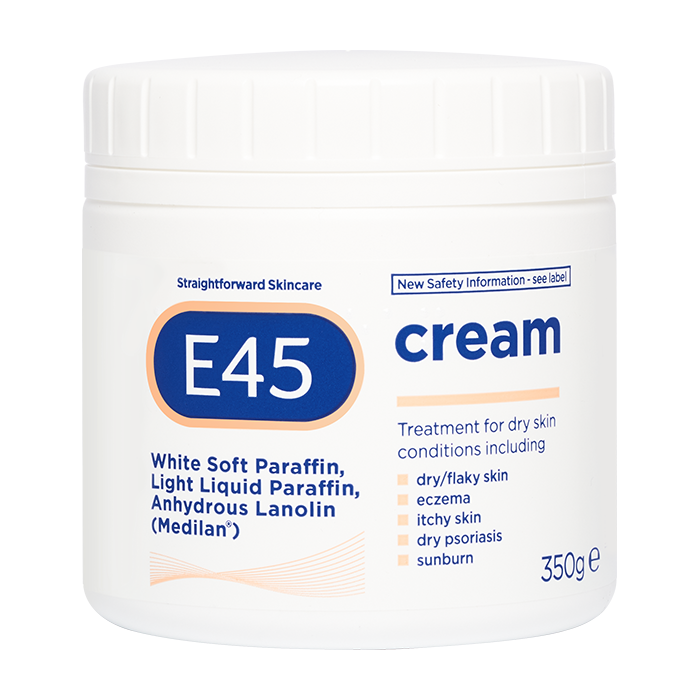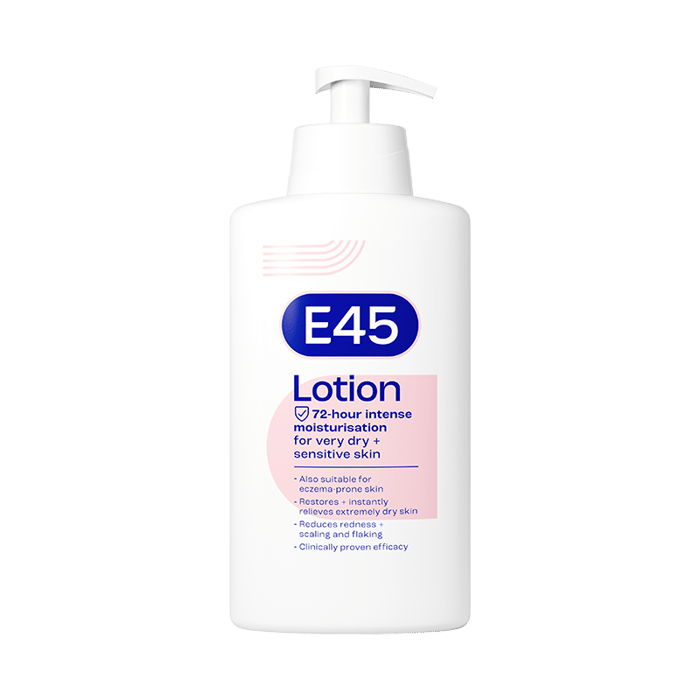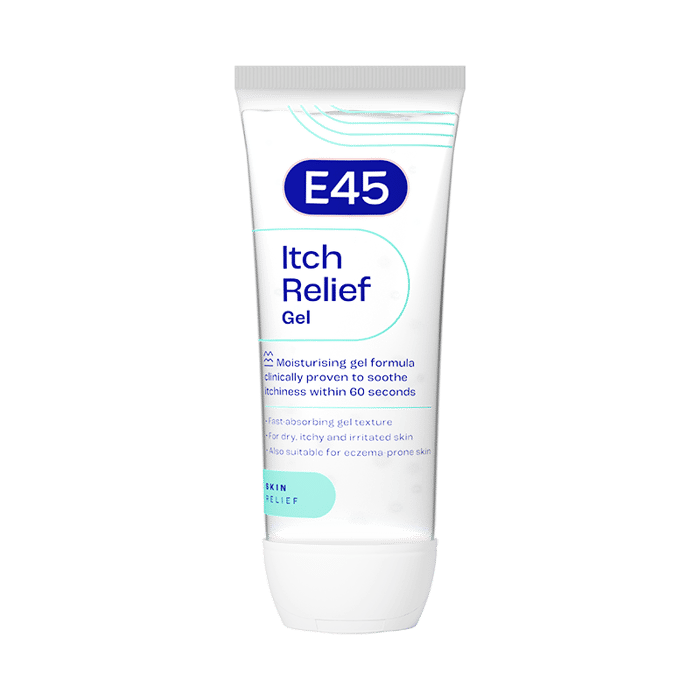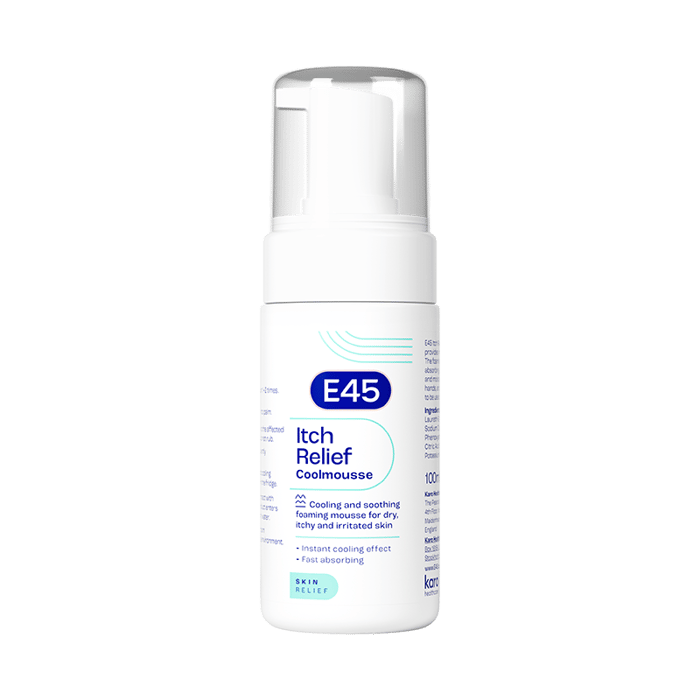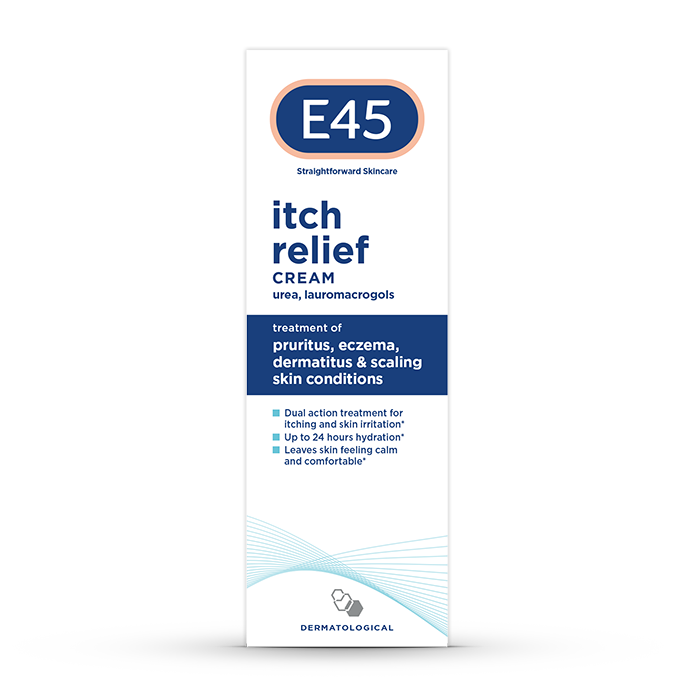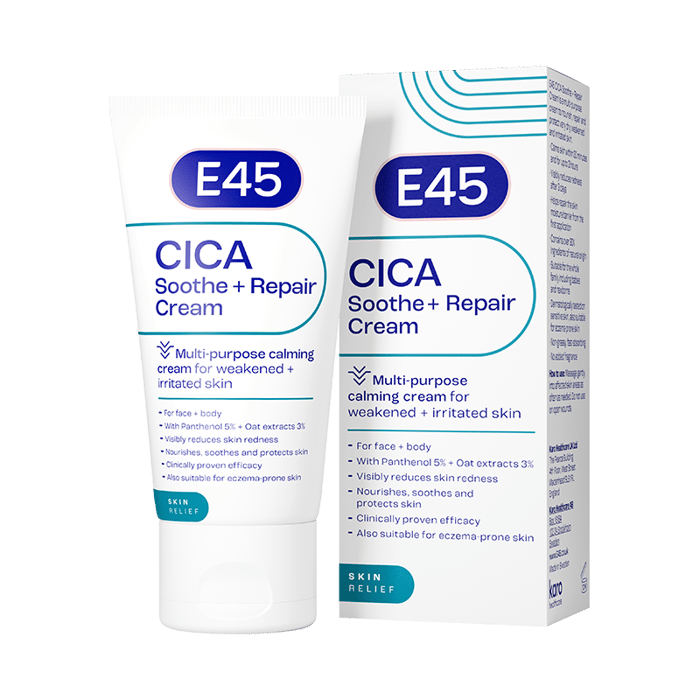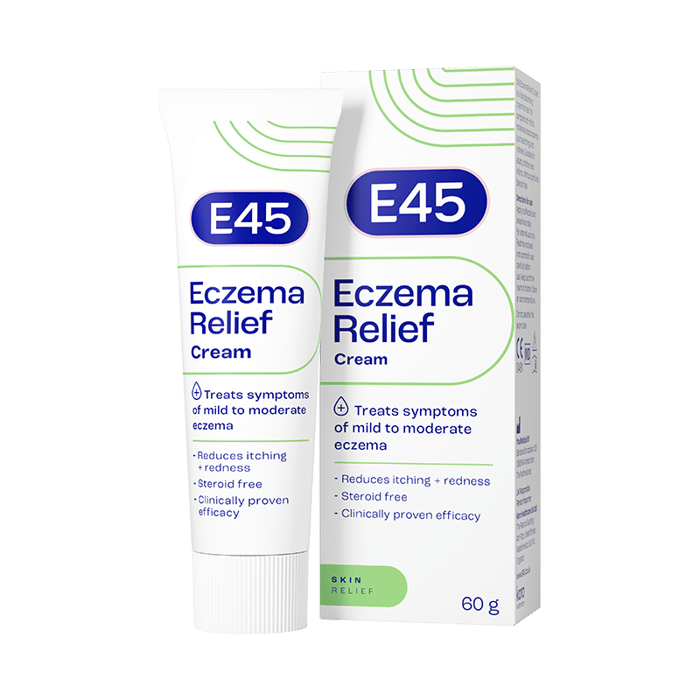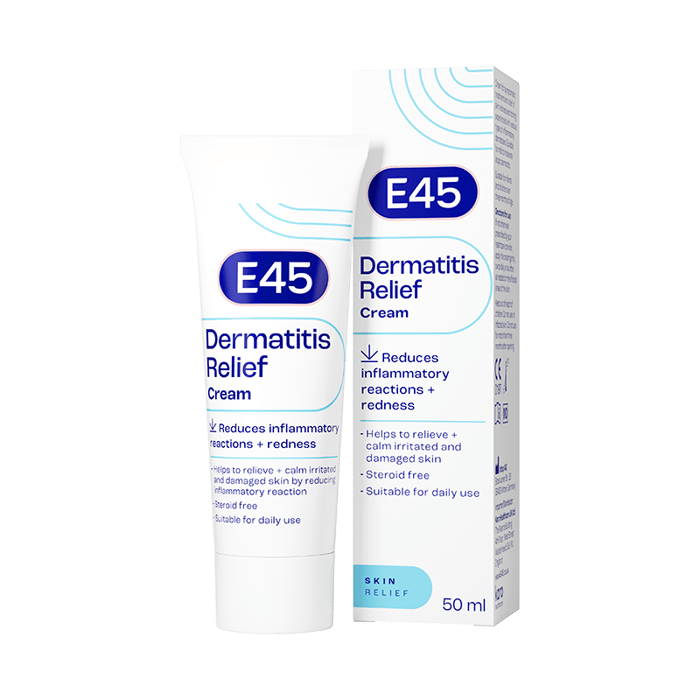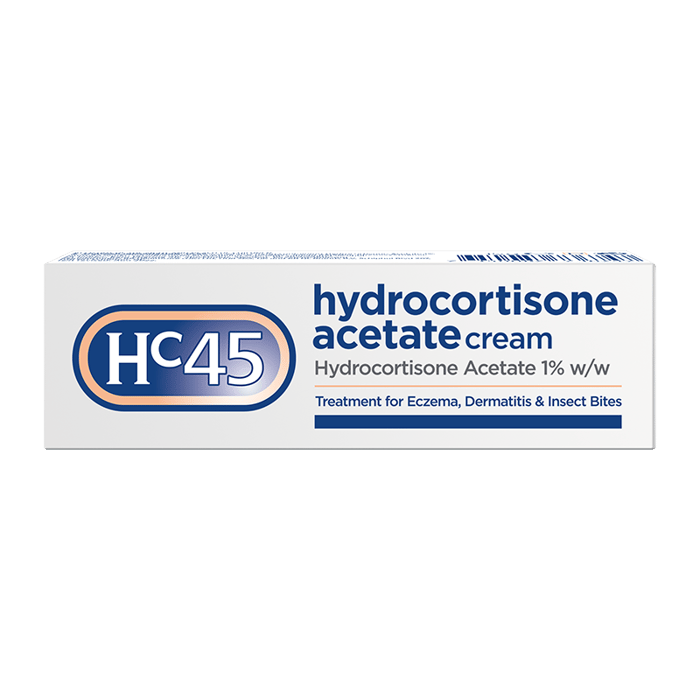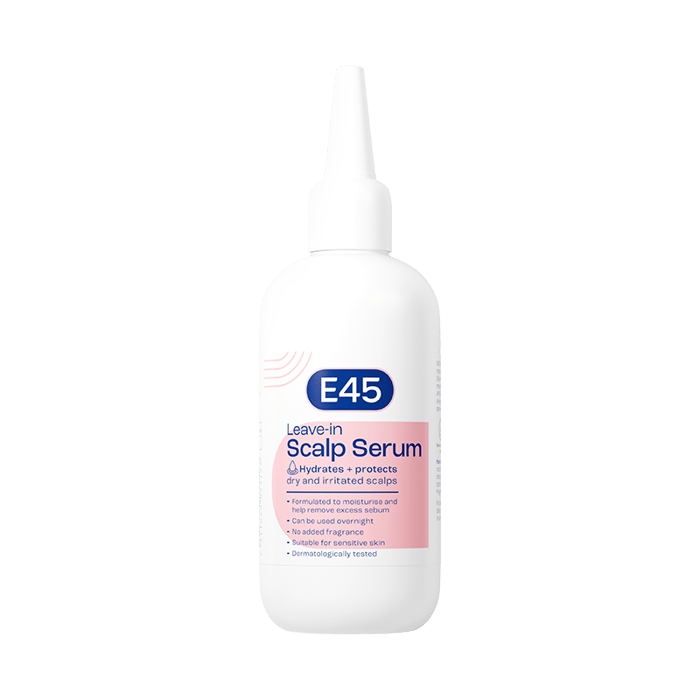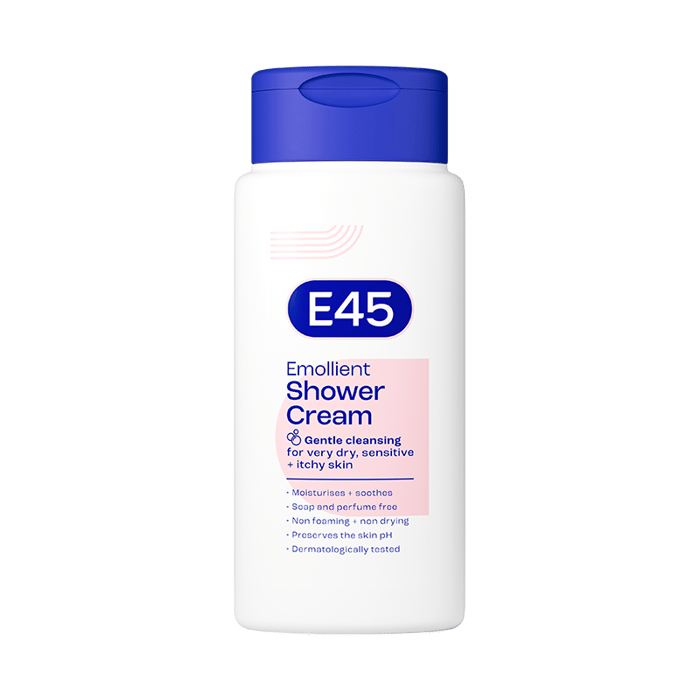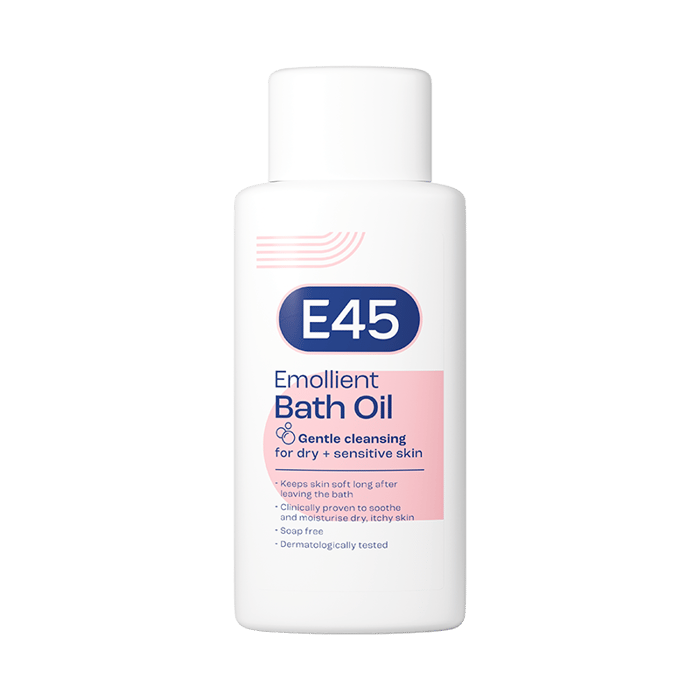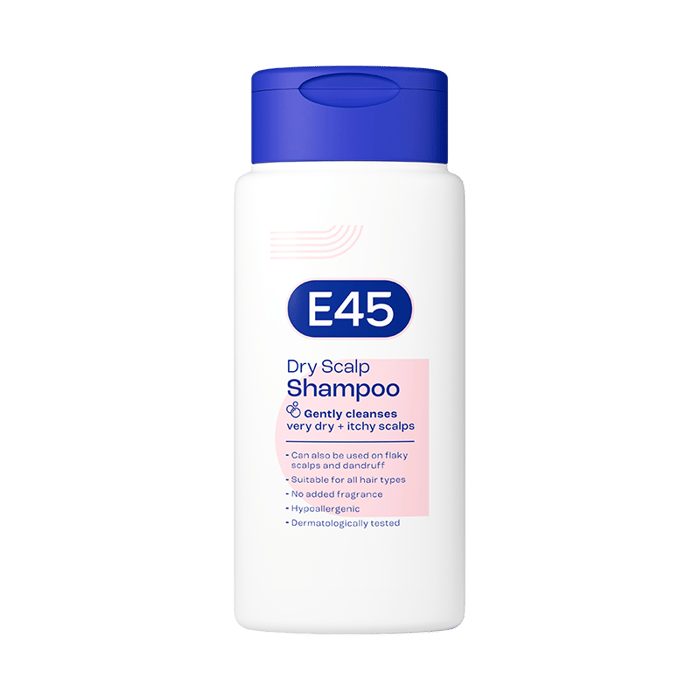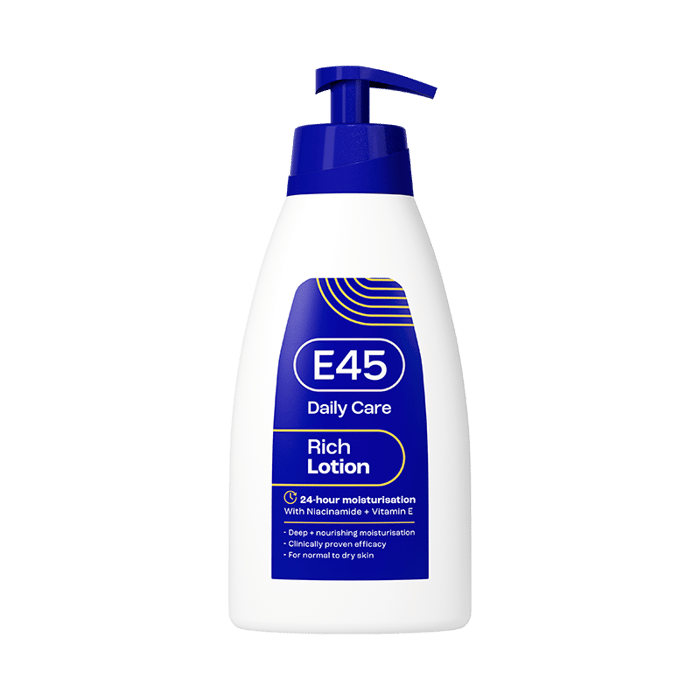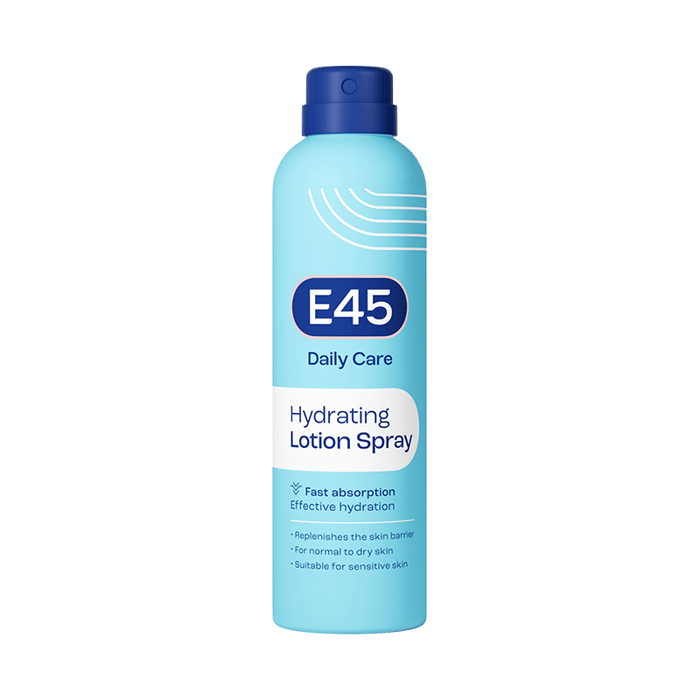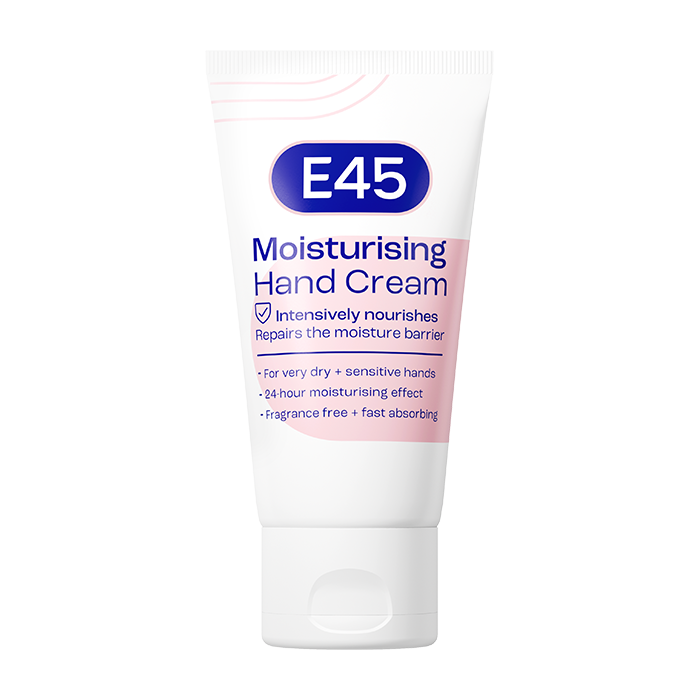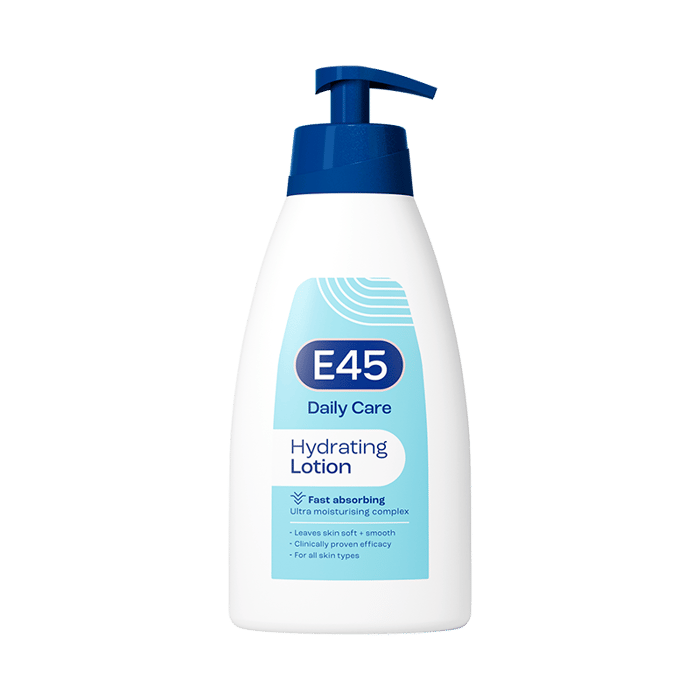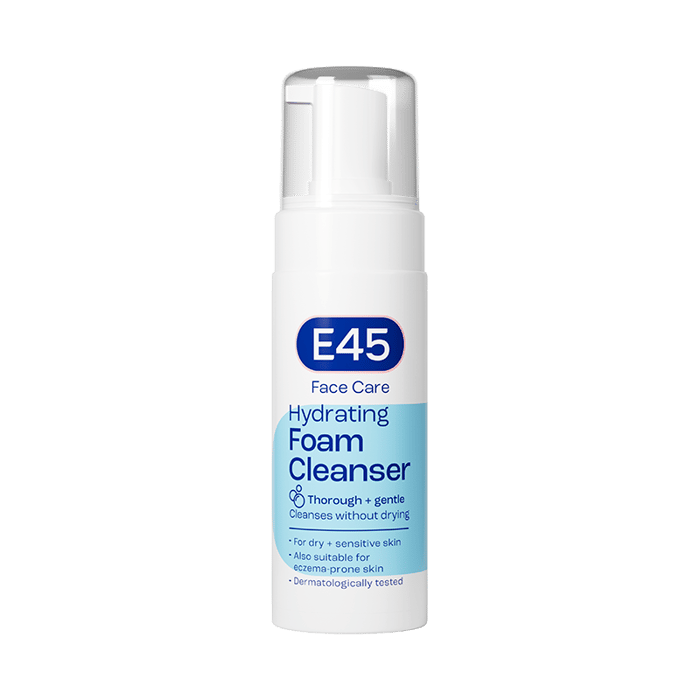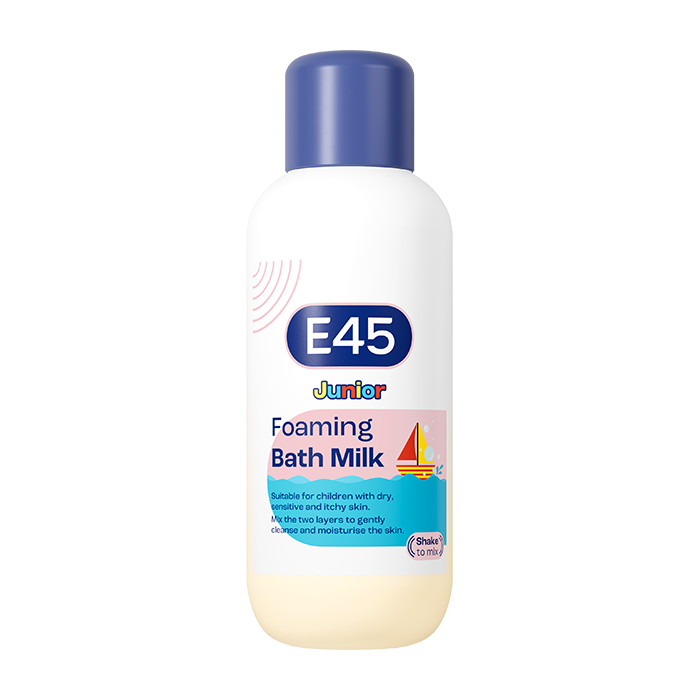Sun safety & protection: Your ultimate guide to sunscreen
The world of sun cream can be confusing. With so many different types to choose from and different levels of protection, how can we be sure we’re using the best protection for our skin? In this guide, we’ll help you navigate the jargon surrounding suncare – from the different types of suns creams to application tips and other protective measures – so that choosing the right sun protection and staying safe in the sun is easy.
The importance of sunscreen and sun protection
Sun cream is an essential tool for skin health, offering more than just superficial protection. It significantly reduces the risk of skin cancer, including melanoma, by shielding the skin from harmful UVA and UVB rays. These rays are responsible for not just skin cancer, but also premature ageing, which can present as wrinkles and sunspots.
Aside from preventing sunburn, sun cream also helps to maintain an even skin tone, preventing discolouration and dark spots from sun damage. It’s particularly beneficial for those with sensitive skin conditions, as sun exposure can increase irritation and cause flare-ups.
Staying safe in the sun is about more than just sun cream. You also need to wear protective clothing, seek shade and be mindful of the sun’s intensity. A more holistic approach to sun safety is key in order to safeguard against both the immediate and long-term effects of sun exposure.
Understanding sunscreen: The basics
How does sun cream work?
Sun cream combines various ingredients to protect our skin from the sun’s ultraviolet (UV) radiation. It contains a mix of organic (carbon-based) and inorganic chemicals. Each ingredient plays a specific role:
- Organic chemicals: These chemicals, such as oxybenzone and avobenzone, absorb UV radiation through their chemical bonds. As the bonds absorb UV radiation, the components of the sun cream slowly break down and release heat.
- Inorganic chemicals: Ingredients like zinc oxide and titanium dioxide are inorganic and work by reflecting, scattering and sometimes absorbing UV rays. These are often referred to as physical or mineral sun creams.
The effectiveness of sun cream is measured by its SPF (Sun Protection Factor), which indicates how well it protects against UVB rays. For example, an SPF 30 sun cream allows about 1/30th of the UVB rays to reach the skin compared to unprotected skin. It’s important to note that no sun cream can block 100% of UV rays.
When applied, sun cream forms a thin, protective layer on the skin, which acts as a barrier against UV radiation. However, this layer can be worn away by factors like sweating, swimming and towel drying, and so regular reapplication is essential.
To find out more about SPF and picking the right formulation for you, check out our SPF guide or read more about what UV rays here.
Types of sunscreen: Sunblock vs sunscreen
- Sunblock: Typically refers to physical sunscreens containing minerals like zinc oxide or titanium dioxide. They physically block UV rays.
- Sun cream or sunscreen: These are often used interchangeably and are chemical sunscreens, which absorb UV radiation.
Each type has its benefits and suits different skin types and situations.
Applying sunscreen correctly
To achieve the best protection from sun cream, it is important to apply it correctly. Following these steps will ensure that you’re adequately covered:
Choose the right sunscreen: Opt for a broad-spectrum sun cream that protects against both UVA and UVB rays. Make sure it has an SPF of at least 30.
Apply generously: Many people do not use enough sun cream. As a guide, use about one ounce (roughly a shot glass full) to cover your entire body. Be thorough and cover all exposed areas, including often-missed spots like the ears, the back of the neck, the top of the feet and the back of the legs.
Timing is key: Apply sun cream at least 30 minutes before going outdoors. This allows the sun cream to bind properly to your skin.
Don’t forget to re-apply: Reapply sun cream every two hours, or more frequently if you’re swimming or sweating. Remember, water resistance doesn’t mean waterproof, so reapplication is still required after swimming or towelling off.
Don’t forget your lips: Use a lip balm with SPF protection to guard your lips against sunburn.
Check for expiration dates: Expired sun cream may not be effective. Always check the expiration date before use.
Year-round protection: Sun cream isn’t just for sunny days. UV rays can penetrate clouds, so get into the habit of wearing sun cream every day, regardless of the weather.
Mind your face: If you have sensitive skin or you’re prone to acne, consider using a different sun cream on your face than on your body. Facial sun creams are formulated to be less irritating and more suitable for delicate facial skin.
Layer correctly: If you use skincare products like moisturisers or makeup, apply sun cream as the final step in your skincare routine before makeup.
Don’t rely solely on sunscreen: While sun cream is essential, don’t rely on it alone for sun protection. Wear protective clothing, seek shade and avoid the sun during peak hours.
Sunscreen expiration: Why it matters
Expired sun cream decreases in effectiveness and can leave your skin vulnerable to UV damage. Check the expiration date and store your sun cream in a cool, dry place.
Dealing with sunscreen allergies
Sun cream allergies are rare but can occur. Symptoms include redness, itching and bumps. If you experience an allergic reaction, try switching to a physical sun cream or seek alternatives. Our sunburn article or guide on sunrash can give you more advice on managing skin reactions.
Beyond sunscreen: Other protective measures
While SPF is an essential element in protecting against UV rays, it should be part of a broader sun protection strategy. Here are additional measures to consider:
Clothing and accessories for sun protection
Wear sun-protective clothing: Clothes can be your first line of defence against UV rays. Opt for long-sleeved shirts and long trousers or skirts to cover as much skin as possible. Tightly woven fabrics offer better protection.
Use UV-blocking sunglasses: Protect your eyes from UV rays with sunglasses that block 100% of both UVA and UVB rays. This also helps to protect the tender skin around your eyes.
Wear a wide-brimmed hat: A hat with a wide brim all around will help to shade your face, ears and the back of your neck to shield you from the sun’s rays. Avoid straw hats with holes that let sunlight through.
Seek specialty sun-protective clothing: Look for clothing specifically designed for sun protection with an Ultraviolet Protection Factor (UPF) rating.
Seeking shade
Understand the sun’s intensity: The sun’s rays are strongest between 10am and 4pm, so try to keep outdoor activities outside these hours.
Use umbrellas and canopies: When outdoors, use umbrellas, canopies or trees for shade, especially during midday hours.
Be aware of reflective surfaces: Water, sand, concrete and snow can reflect UV rays and increase exposure.
Additional tips for total sun protection
Stay hydrated: Keeping your body hydrated can help to maintain the health of your skin.
Check the UV Index: Before planning activities outside, check the UV Index in your area to understand how strong the sun’s rays will be.
Avoid sun beds: Sun beds emit harmful UV radiation and can increase the risk of skin cancer.
Regular skin examinations: Regularly check your skin for new growths or changes in existing moles, freckles, bumps and birthmarks.
Conclusion
Protecting the skin from the sun’s harmful UV rays is an essential part of skin health. Taking the right precautions with sun cream, protective clothing and seeking shade can significantly reduce your risk of skin damage. Remember, it’s important to use sun protection all year-round, not just in the summer months. By taking a few protective measures, you can enjoy the sun safely.
FAQ: Sun safety
What are the five principles of sun safety?
- Use broad-spectrum sun cream with an SPF of at least 30.
- Wear protective clothing, including long-sleeved shirts and wide-brimmed hats.
- Seek shade, especially during midday hours.
- Wear UV-blocking sunglasses to protect your eyes.
- Reapply sun cream every two hours, or more often if swimming or sweating.
What are the sun safety rules?
- Always apply sun cream before going outdoors.
- Cover exposed skin with protective clothing.
- Avoid sun exposure during peak UV radiation hours (10am to 4pm).
- Regularly check your skin for any changes and consult a dermatologist if necessary.
How much sunscreen should I use?
Use about an ounce for full-body coverage and reapply every two hours.
Can I use expired sunscreen?
No, expired suns cream may not offer adequate protection.
What are some signs of sunscreen allergy?
Redness, itching, and bumps. If you experience these, consult a healthcare provider.
Is sunscreen necessary on cloudy days?
Yes, UV rays can penetrate clouds, so sun cream is still essential.

